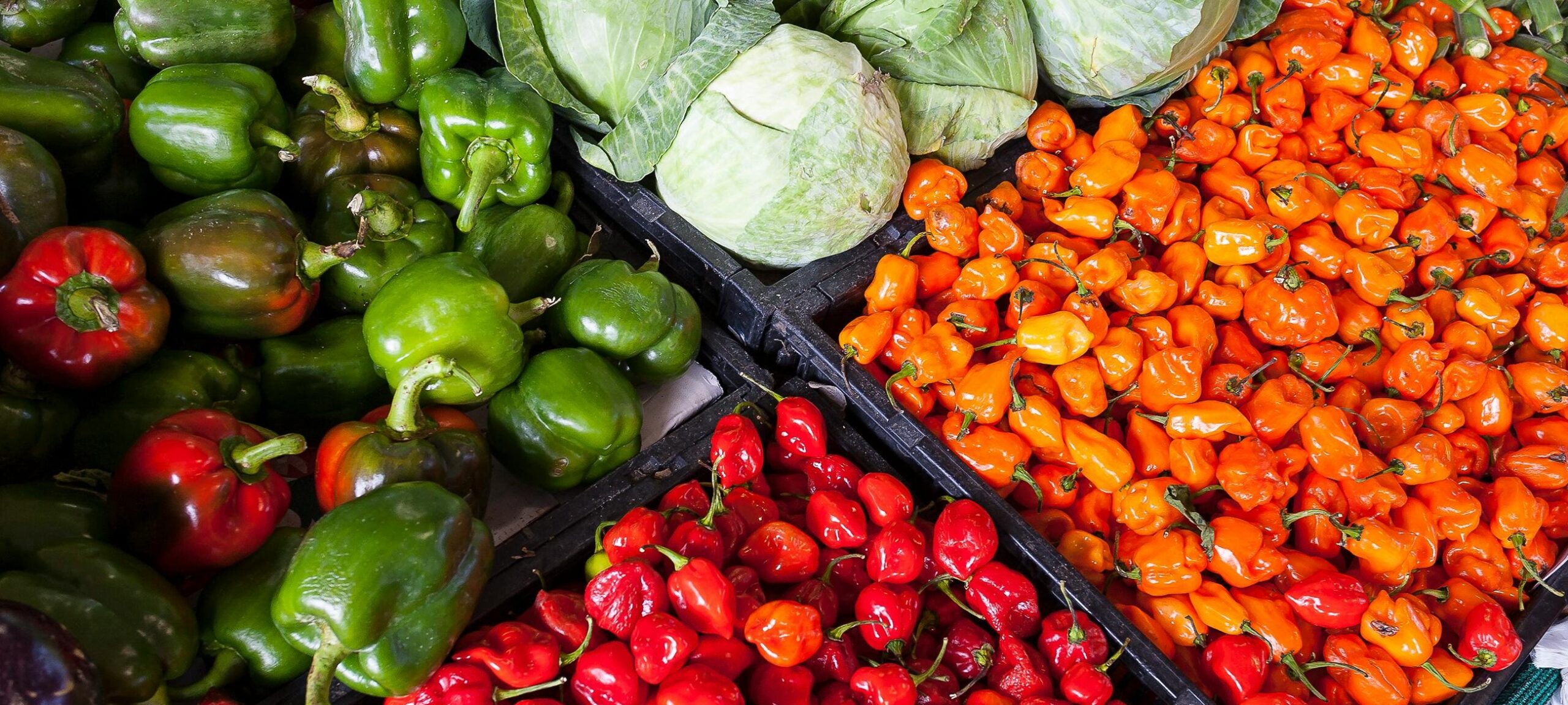Tomato farming in Nigeria can be tough. Many farmers face challenges that cut their yields and profits, but knowing these problems is the first step to fixing them. Here’s what you should watch out for when growing tomatoes in Nigeria.

Getting Started: The Pre-Planting Problems
The success of your tomato farm often depends on decisions you make before planting your first seedling. Many farmers choose the wrong tomato varieties for their area. You need types that can handle Nigeria’s heat and resist local diseases. For example, the Roma VF variety does well in many parts of Nigeria, but it might not be the best choice for your specific location.
The soil needs proper preparation too. Many farmers skip soil testing, which is like driving blindfolded. You can’t fix your soil if you don’t know what’s wrong with it. Good drainage is critical – tomatoes hate wet feet. Make raised beds that let excess water flow away from the roots.
The Weather Factor
Our weather can be harsh on tomatoes. The intense heat can cause flowers to drop and fruits to crack. During harmattan, the dry, dusty air damages leaves and reduces fruit quality. High humidity makes diseases spread faster.
The soil itself brings its own set of problems. Poor soil fertility is common in many farming areas. Diseases that live in the soil can kill your plants before they produce fruit. The pH level matters too – if it’s wrong, your tomatoes can’t get the nutrients they need, even if those nutrients are present in the soil.
Pests and Diseases: The Unwanted Guests
Tuta absoluta has become a major headache for tomato farmers across Nigeria. This tiny moth can destroy entire fields if you don’t catch it early. Whiteflies spread viruses, while nematodes attack the roots underground.
Disease problems are just as bad. Early blight shows up as dark spots on lower leaves. Late blight can kill plants within days in wet weather. Bacterial wilt makes plants collapse even when they have enough water.
Many farmers make things worse by using pesticides incorrectly. Some spray too much, which is expensive and dangerous. Others wait too long to act. You need to check your plants often and act fast when you see problems.
Day-to-Day Farming Mistakes
Water management trips up many farmers. Tomatoes need steady water, but too much or too little causes problems. Drip irrigation works best, but you need to maintain it properly.
Fertilizer use is another common issue. Some farmers add too much nitrogen, which gives them lots of leaves but few fruits. Others don’t add enough, leading to weak plants and poor yields. The timing matters as much as the amount – plants need different nutrients at different growth stages.
Simple things like plant spacing make a big difference. Crowded plants get diseases more easily and give smaller fruits. Stakes need to be strong and well-placed to support heavy fruit loads.
After the Harvest
Growing good tomatoes is only half the battle. Many farmers lose their hard work after harvest. Rough handling bruises the fruit. Poor sorting means bad tomatoes spoil the good ones during transport.
Storage is a major problem. Most farmers don’t have cold rooms. The heat makes ripe tomatoes spoil quickly. Better packaging could help, but good boxes cost money that many farmers don’t have.
Market Problems
Getting tomatoes to market is hard work. Bad roads mean bumpy rides that damage fruit. Prices change constantly, and middlemen often take advantage of farmers who need to sell quickly.
Many farmers struggle to get loans for better equipment or storage. Input costs keep rising, but tomato prices don’t always keep up. Few farmers have insurance to protect them when things go wrong.
Knowledge and Technology Gaps
Many farmers stick to old methods because that’s what they know. Extension workers who could teach better techniques are few and far between. New farming technology exists, but it’s often too expensive for small farmers.
Climate Change: The New Challenge
The weather has become less predictable. Rains come at wrong times. Hot spells last longer. Severe storms can destroy entire crops. Many farmers haven’t found good ways to deal with these changes yet.
What Can Be Done?
Success in tomato farming needs planning and attention to detail. Start with good varieties and well-prepared soil. Learn to spot problems early. Build relationships with buyers before your harvest. Most importantly, keep learning and adapting.
Growing tomatoes isn’t easy, but knowing these common problems helps you avoid them. The farmers who succeed are those who plan ahead and respond quickly when problems show up.




